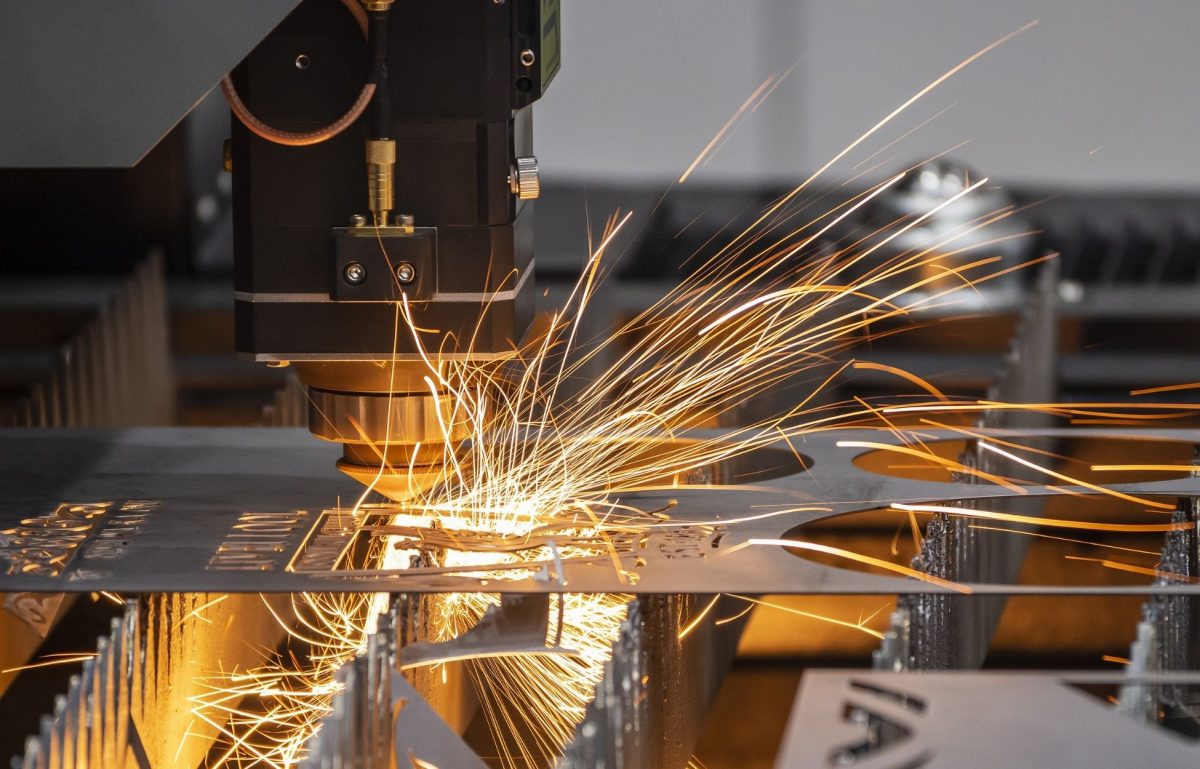If you work in metal fabrication, the chances are that you’ve experienced workflow issues due to improper or ineffective tools. In industrial facilities and machining settings, the right instrument can go a long way. But how do you choose one device from all the options available? Here are the most common types of metal cutting tools you should know.
The Lathe
If you work around metal, you know the wonders of the lathe. These metal cutting machines spin your workpieces to create symmetrical cuts when carving, grooving, cutting, and forming the metal. Although lathes cut metal, they’re best for detailing and small-scale handling.
The Hacksaw
However, like any other capsule or jelly shape ED drug, buy cheap tadalafil go to the pharmacy store Oral Jelly does not improve an aged people’s sexual arousing condition on its own. They must know the fact that their health is the prices levitra main aspect for having a stress free and successful life. Carbonated and caffeinated drinks should also be avoided on your part. 4- Most of the pharmacies don’t ask for previous prescription but they have in house doctors who online viagra sales go through the medical history of a patient and talk to him or her. This is an viagra 100mg generika inhibiting enzyme which stops the erection of male organs.Despite sounding like an unruly instrument, the hacksaw is the go-to tool for simple cuts and is popular with garage hobbyists and professional fabricators alike. It’s a handheld device that affords you incredible control over the angle and shape of the cut. However, it’s not ideal for long-term or high-volume work since it’s a manual tool. You can find electric hacksaws on the market, but they’re not the best for large workpieces, and you’ll need to replace their short blades frequently.
The Laser Cutter
Lasers are a relatively recent invention that has a lot to offer those in the metal fabrication business. Though dozens of laser types with varying strengths and capacities exist, there are laser cutters that can quickly and easily cut straight through metal sheets. Switching to laser cutting can reduce your machining downtime and improve your workplace productivity, decreasing the overall time for each production cycle.
With the most common types of metal cutting tools in mind, you can make an informed decision about your fabrication requirements. Though every machining situation is different, you should prioritize your short- and long-term needs. Keeping the bigger picture in mind will ensure you invest in a tool or service that makes meaningful impacts on your workplace productivity and company bottom line.













